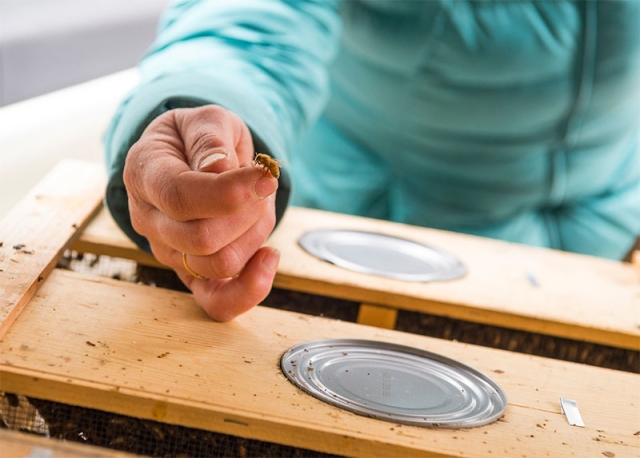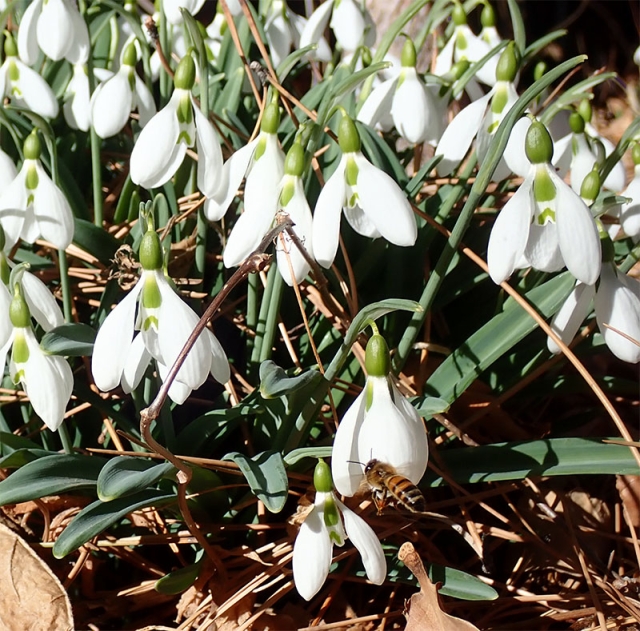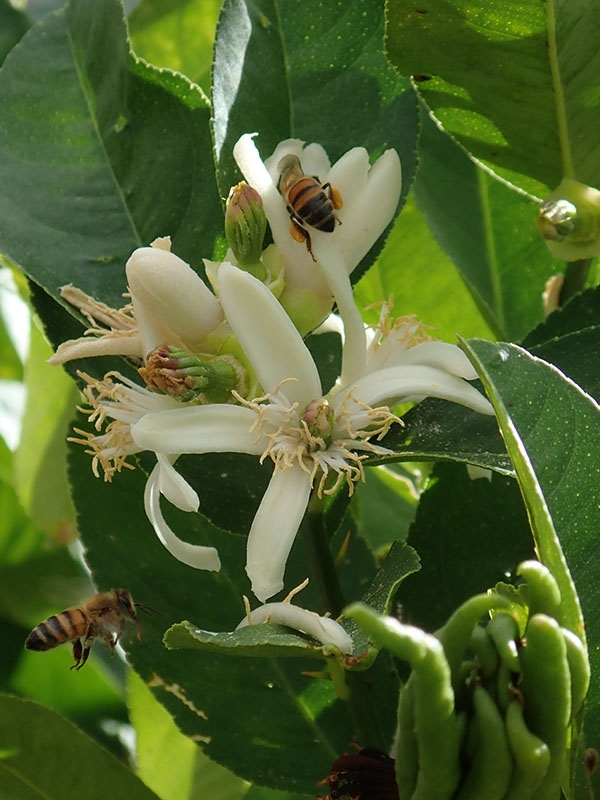Operation Pollination

Would you like to help save pollinators? In this new monthly series, I will show you some of the pollinators in our region, the plants that nurture them and what you can do to support them.
Why am I, a plant person, writing about insects and birds? Because plants need them as much as pollinators need plants. To produce seed and survive, 70-80% of the world’s flowering plants depend on pollinators. This interdependence makes every third bite of food we eat possible – as well as half of the world’s oils, fibers and raw materials. Pollination is vital to our ecosystems. No pollinator, no plant.
However, pollinator populations are in decline. Habitat loss and fragmentation, pesticides, diseases, parasites and climate change are all contributors. While this can feel overwhelming, I am buoyed by experts who believe we can make a difference. One place where we can start is in our gardens.

Who’s out and about?
It’s February and cold so not many pollinators are out. But there are some. Recently, when it was 60 degrees and sunny, I saw honeybees feeding on blooming Galanthus (snowdrops) and citrus trees in the Orangery at the Gardens. When gardening with pollinators in mind, it’s important to provide food whenever it’s needed, including during cold months like January and February. In addition to honeybees, I’ve heard reports of active bumblebee queens, those big bumblebees you see in spring. For bumblebees, queens are the only ones that overwinter, and they must forage early in the season to lay their eggs, feed their young and begin a new colony.

What’s blooming?
Since we can’t all have an Orangery, let’s focus on hardy outdoor garden plants for early foragers: evergreen and deciduous trees and shrubs, grasses, herbaceous perennials, annuals and bulbs. Using these to create a complex, multi-layered landscape provides the habitat pollinators need. They need food, water and safe places to shelter, nest and raise their young. Some woody plants that will bloom soon include Alnus (alder), Arctostaphylos (manzanita), Berberis (Oregon grape), Cercis (redbud), Cercocarpus (mountain mahogany), Cornus (dogwood), Corylus (hazelnut), Hamamelis (witch hazel) Magnolia, Malus (apple), Prunus (apricot, chokecherry), Salix (willow) and Viburnum. Non-woody plants include Anemone, Crocus, Eranthis (winter aconite), Erysimum (wallflower), Hepatica (liverleaf), Phlox, Pulsatilla (Pasque flower), Townsendia (Townsend daisy) and species tulips.
What else can you do right now?
Winter is a great time to plan. Make a list of early blooming plants to add to your garden. Think about how to provide water, whether it’s in a pond, bird bath or a simple bowl of water. Keep the water clean, fresh, in the sun and out of the wind. Include rocks for bees and butterflies to perch on and drink. When it’s cold, cozy up with a book such as Doug Tallamy’s “Nature’s Best Hope.”
See you next month!
Add new comment